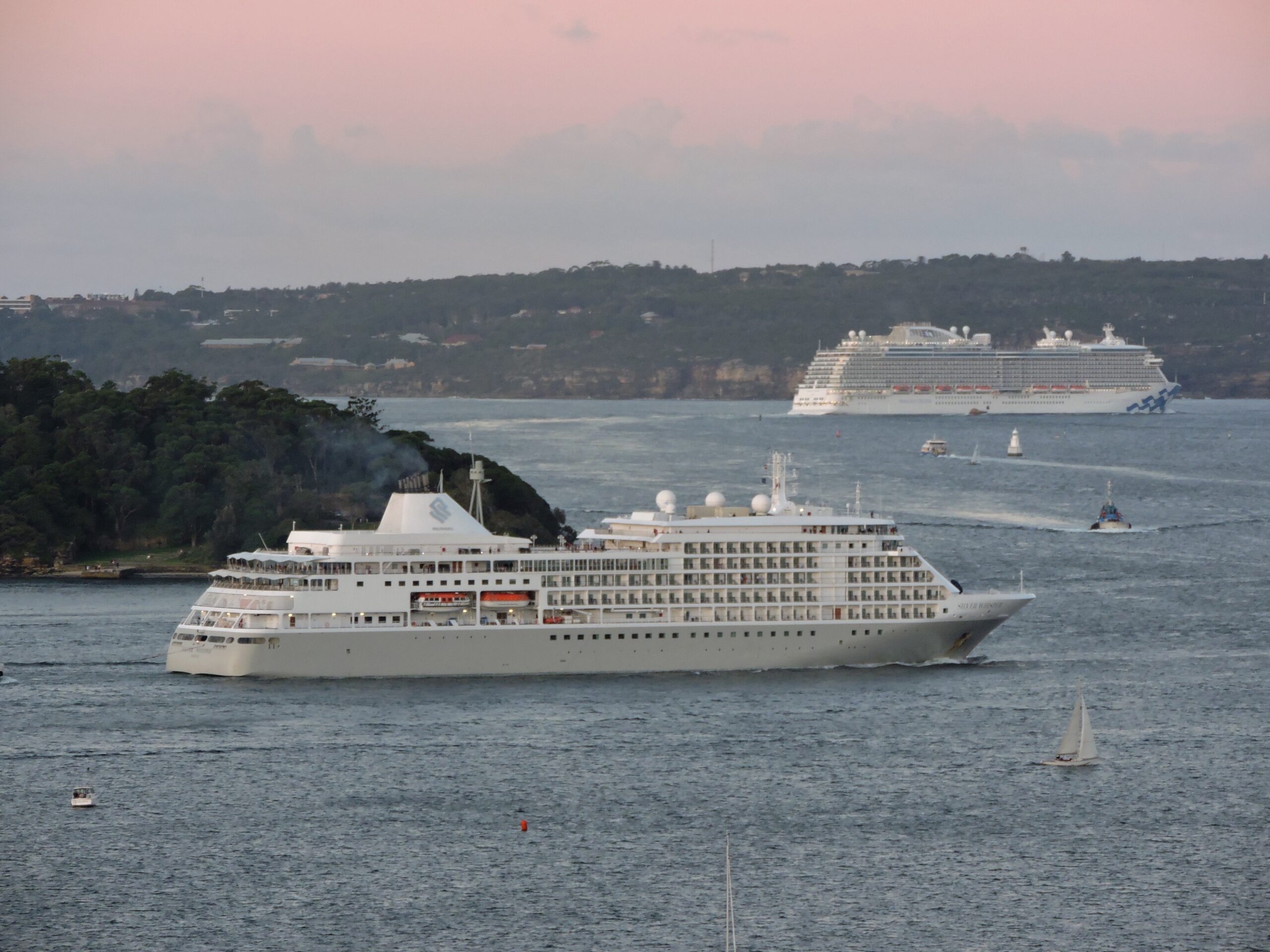Australia’s cruising industry continues to grow by double digits, contributing $5.2 billion to the national economy in 2018-19 – an increase of 11.2 per cent.
The latest annual Economic Impact Assessment commissioned by Cruise Lines International Association and the Australian Cruise Association showed that 18,135 full time jobs were supported by the cruise sector in 2018-19 – an increase of 6.6 per cent.
Despite berthing constraints in Sydney, a total of 1240 cruise ships carrying 3.8million passengers and crew visited Australia during the year with passengers, cruise lines and crew spending a total of $2.5 billion.
“Total cruise passengers spending in 2018-19 increased 17.4 per cent on the previous year to reach almost $1.4 billion,” said CLIA Australasia managing director Joel Katz.
“Cruise passengers now spend an average of $387 each for e very day they’re on shore in Australia which provides enormous benefits to businesses like hotels, restaurants, tour operators and retailers.”
International visitors spend the most per day on shore averaging $569 each while domestic travellers spend an average of $436 per day, usually at the start and end of the cruise.
“A lack of available berthing space in Sydney has made it difficult for the cruise industry to increase its capacity in Australia, but this has been countered by significant increases in the amount of spending by cruise passengers,” Mr Katz said.
ACA CEO, Jill Abel said that cruise ships visited 47 different ports around Australia.
“The economic impact of cruising is not only enormous and growing, it’s also reaching locations that might otherwise be difficult for visitors to access,” she said.
Sydney got the lion’s share of the cruise expenditure receiving a total of $1.54 billion, followed by Queensland $490 million, Victoria $168 million, WA $109 million, SA $67 million, Tasmania $49 million and NT $31 million.









